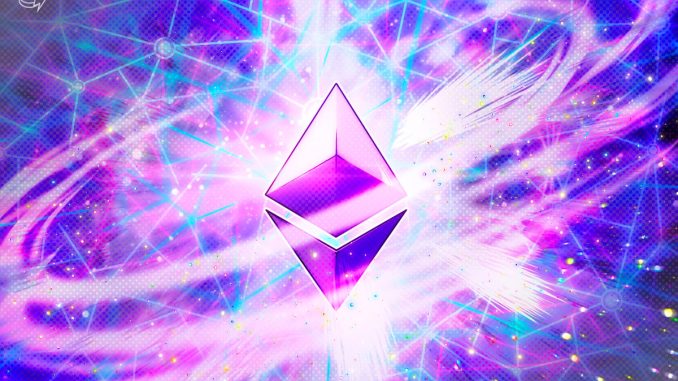
Ethereum core developers rolled out patches for Prysm Labs and Teku clients in response to two Beacon Chain finality issues in 24 hours. The Beacon Chain serves as the consensus layer for the Ethereum network.
On May 11, Ethereum developers reported that the Beacon Chain was experiencing problems confirming transactions. Although new blocks could be proposed, an unknown issue prevented their finalization. The outage lasted around 25 minutes. A similar issue occurred on May 12, preventing block finalization for over an hour.
Finality was unable to be reached for three and eight epochs, said the Ethereum Foundation in a statement shared by an Ethereum consultant on Twitter. The issue “appears to have been caused by high load on some of the Consensus Layers clients, which in turn was caused by an exceptional scenario.”
The beacon chain stopped finalizing about thirty minutes ago. I don’t know why yet, but in general the chain is designed to be resilient against this, transactions will continue as usual and finalization will kick in when the problem is resolved. pic.twitter.com/utAS0uAWpG
— superphiz.eth ️ (@superphiz) May 11, 2023
Although the network was unable to finalize, live and end users were able to transact on the network thanks to client diversity, “as not all client implementations were affected by this exceptional scenario.”
Client diversity relates to the number of software clients available to network validators. Greater diversity among clients means a more robust and secure network.
Teky and Prysm have released upgrades that implement optimizations to prevent beacon nodes from consuming excessive resources.
A similar issue occurred on March 15, delaying the Goerli testnet version of Ethereum’s “Shapella” upgrade, which was successfully deployed on April 12. Ethereum’s preexisting proof-of-work chain merged with the Beacon Chain on Sept. 15, 2022, enabling the network’s transition to proof-of-stake consensus mechanism, which is faster and less energy-intensive.
Recent trading hype around memecoins has increased Ethereum’s activity and staking rewards rates. According to on-chain data, validators earned $46 million in the first week of May, or 24,997 Ether (ETH), a 40% increase over the previous week’s income of $33 million, when 18,339 ETH were distributed as rewards.
Magazine: Here’s how Ethereum’s ZK-rollups can become interoperable





Be the first to comment